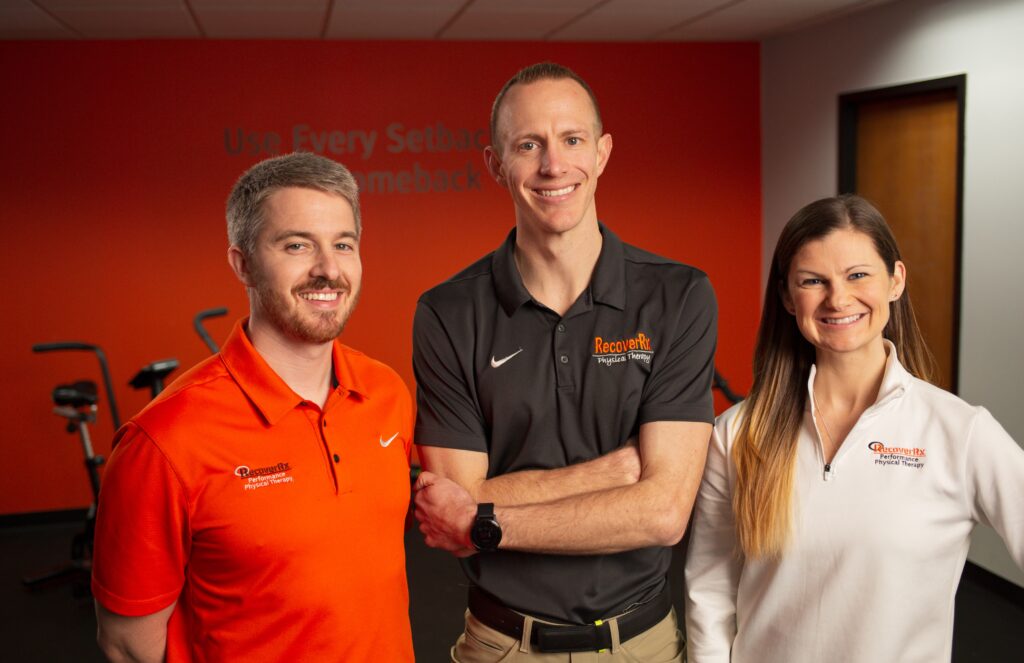by Dr. Ariel Sernek, PT, DPT
What in the world is “queefing?” This funny little word is slang for passing gas from the vagina and not the anus. You may experience a fart sound, but there is no associated smell. This usually occurs when you are doing a strenuous movement, transition in yoga, from intercourse, or from simply getting out of bed. So what’s happening? Air is being trapped within the vaginal canal and when you change position that air seeps out. What is the cause of this embarrassing occurrence? Well the simple answer is improper pressure management. You may have pressure management issues if you grip your abs, have a weak pelvic floor, have a pelvic organ prolapse, or hold your breath and push down on your pelvic floor when you transition your movements.
Typically air will escape when your bottom is in the air in positions like down dog or puppy pose in yoga. It can also happen when you lay down and do leg lifts, on your hands and knees, and even rocking your pelvis forward and backward. Typically some air will enter the vaginal canal from positional changes, however, more than a typical amount will enter and get trapped. When you move, the pelvic floor has a hard time controlling that excessive amount of air and poof… queef!

How do you treat queefing? We look at a full body assessment to evaluate the root cause of the issue. We would address posture, the movements or times that the queef occurs, pelvic floor muscle strength, breathing coordination, and ultimately your pressure management system. By having a hands on approach, we can give you a specific solution to the issue that we find is causing this (something at-home programs won’t be able to do because they are a one size fits all).
Ultimately, we need to strengthen your pressure management system through coordination of the diaphragm, core, and pelvic floor. We tailor where you are at and build a system and plan of care to support your baseline. So if you can deadlift 200lbs, cool or maybe you’ve never weight trained. That’s fine, your program will be influenced by where you’re at now. Which means your progress can only improve from there. So if you pass this gas when transferring from a down dog to plank in the middle of a vinyasa, then we need you to gain pressure control in the downdog first and then work on strategies to move you into plank. This comes from working with a skilled performance based physical therapist which we have right here at RecoverRx Physical Therapy.
Please reach out to us if you need help with this condition. We offer 1-on-1 sessions to look at your specific situation and invest in helping you live a healthy, happy life where you are confident to care for yourself and your family. If you know of others who could benefit from this information, please share this article with them.
You can also reach out to me directly at ariel@recoverrxpt.com!




